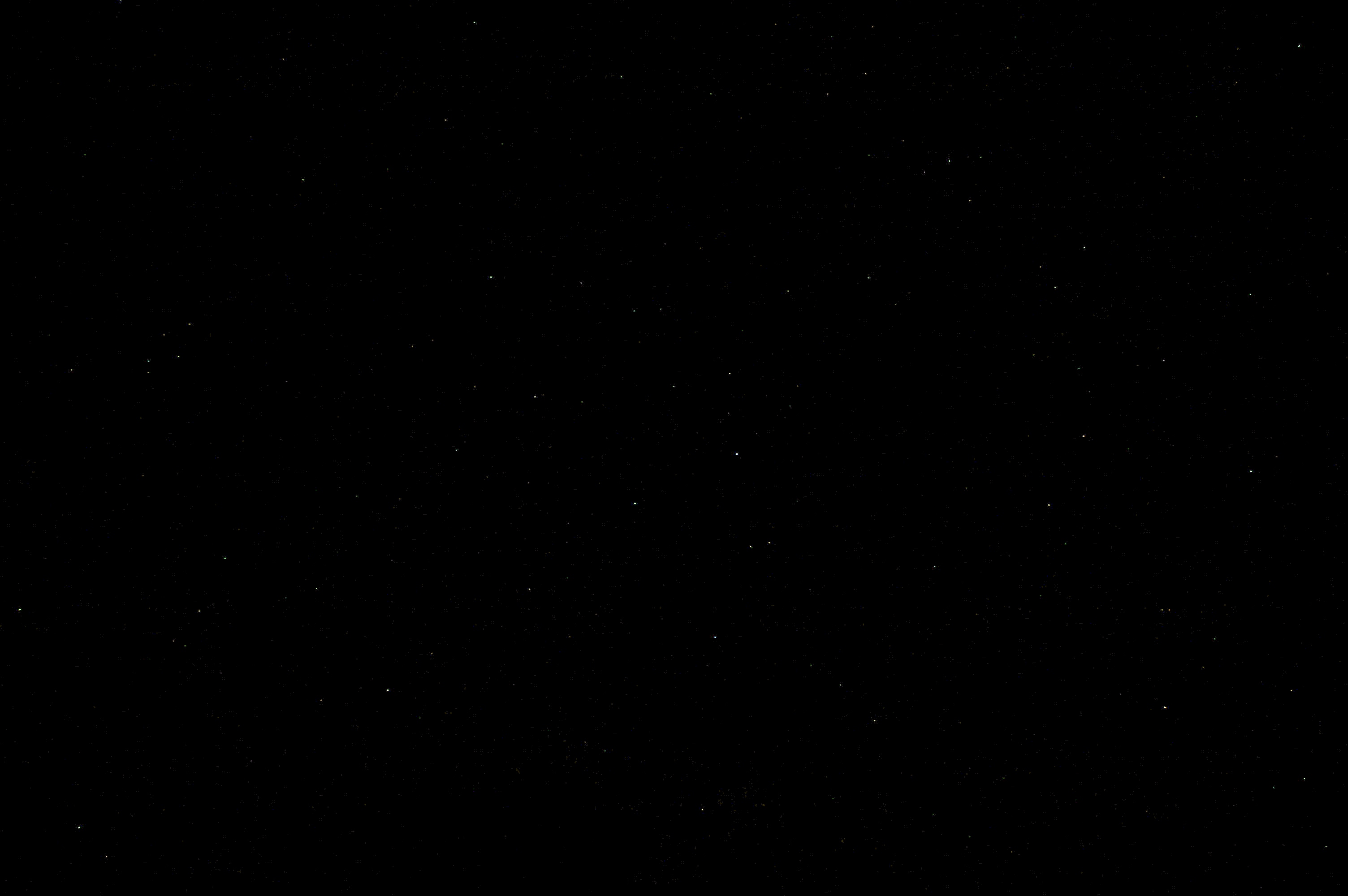For the second night in a row, I spent fifteen or twenty minutes outside, letting my eyes adjust to the darkness before participating in the Great World Wide Star Count. I relaxed on my upper patio, hiding behind my pile of firewood, which blocks the bright lights from the doctors’ office to my west. Apollo joined me both nights, enjoying the cool autumn breeze and quiet evening.
I zoomed in on the Northern Cross, also known as the constellation Cygnus, as the target of my naked eye observations both nights. I printed the observing guide Friday before leaving work. Despite being surrounded by city streetlights, prison security lighting and a nearly full moon, I was pleasantly surprised to learn that I could see down to magnitude five, but not quite to magnitude six, again according to the Northern Hemisphere Observing Guide.
Friday night I even setup the tripod and Canon camera to snap a three second exposure of the constellation Cynus:

Tonight, rather than setting up the camera, I brought out the binoculars to see if I could discern the blue and yellow stars that make up Albireo in the head of the Swan. Having to look almost directly overhead and holding the binoculars away from my eyes did not result in a steady enough magnification to confirm. Perhaps tomorrow night I’ll haul the telescope up out of the basement and get a better, steadier look at that gem.
I need to find another place at least one kilometer away from my house to do a second observation to report back to the website referenced above. If only Lansing didn’t lock up all of it’s parks promptly at sunset, I might have an opportunity to observe from the new park out west on 4-H Road.
So how many stars can you see of the Swan? Step outside tomorrow night, give your eyes fifteen minutes to adjust and look directly overhead.
Keep looking up!

4 thoughts on “Swan Song Encore”
Comments are closed.